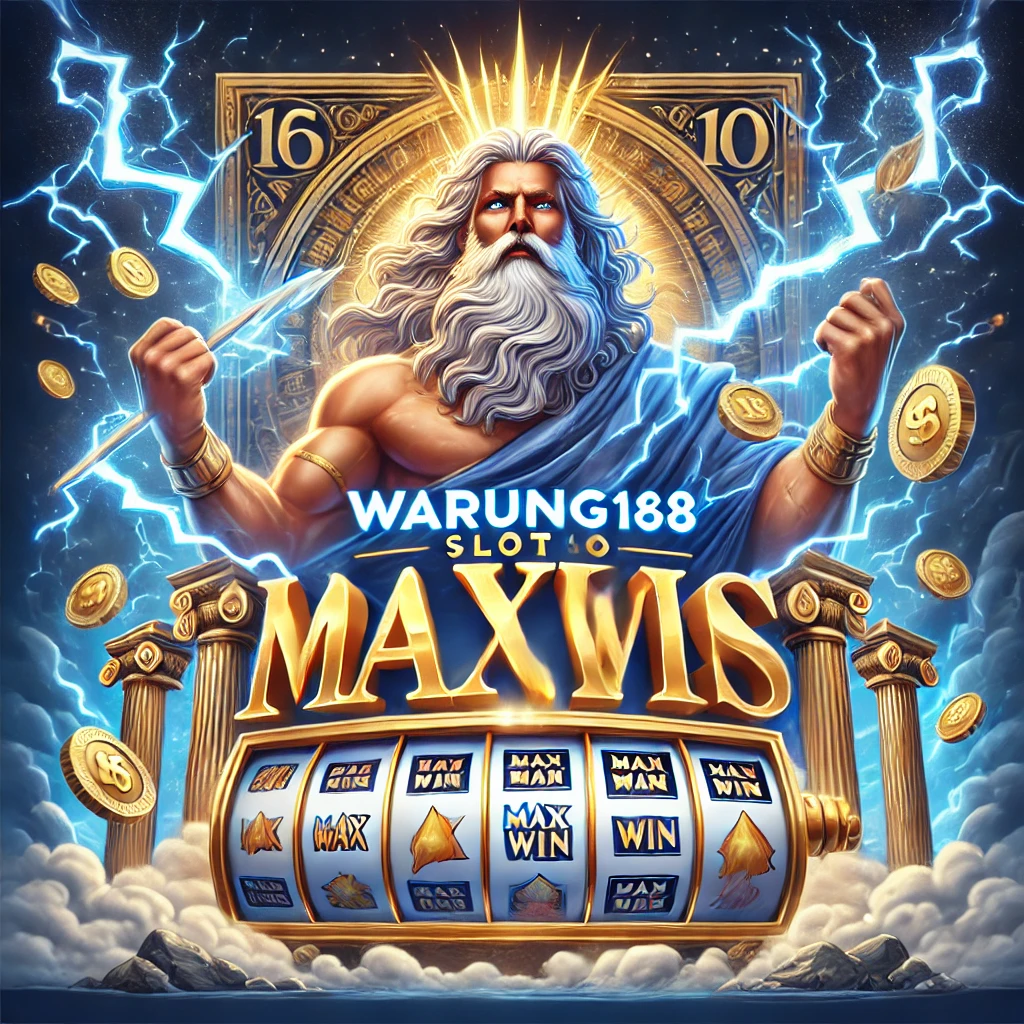PSP Games: Portable Adventures That Redefined Gaming
The PlayStation Portable was more than just a handheld console; it was a gateway to some of the best games ever created. PSP games offered experiences that rivaled home consoles, demonstrating that portable gaming could be both deep and engaging. From action-packed adventures to strategic RPGs, PSP games captured the imagination of players and left an enduring mark on the legacy of PlayStation games.
One of the standout qualities of PSP games was their storytelling. Titles like Crisis Core: Final Fantasy VII and Persona 3 Portable presented compelling narratives and complex character development, rivaling many home console releases. The portable format did not limit these stories; instead, it allowed players to immerse themselves in rich worlds wherever they were. These PSP games are frequently remembered among the best games for their combination of emotional depth and gameplay engagement.
PSP games also excelled in genre variety, appealing to a wide audience. Whether players preferred fast-paced action, tactical RPGs, puzzle-solving, or racing, there was a PSP title to match every preference. God of War: Chains of Olympus provided cinematic action on the go, while Patapon offered rhythm-based strategy that was both innovative and addictive. This diversity ensured that the PSP could host some of the most memorable PlayStation games ever produced, appealing to both casual and dedicated gamers.
Technical achievement was another hallmark of PSP games. Developers worked around hardware limitations to create stunning graphics, fluid gameplay, and immersive audio experiences. Even within a smaller screen and portable hardware, PSP games demonstrated high production values, proving that handheld titles could rival console-level experiences. This dedication to quality contributed to the enduring popularity of these games and cemented their place as some of the best games in PlayStation history.
Replayability was another key feature that set PSP games apart. Games like Monster Hunter Freedom Unite provided hundreds of hours of cooperative and competitive gameplay, encouraging mastery and collaboration. Players could return repeatedly, finding new challenges and rewards that kept the experience fresh. This focus on longevity ensured that PSP games were not just short distractions but meaningful, long-term experiences, strengthening their reputation in the PlayStation library.
Innovation in gameplay design was particularly evident on the PSP. Developers embraced portable-friendly aboplay login mechanics, experimenting with touch-based interactions, stylus input, and creative control schemes. Titles like LocoRoco and Patapon exemplified this inventive approach, offering gameplay that could only exist on a handheld device. By pushing the boundaries of what portable gaming could achieve, PSP games helped redefine expectations and solidified their place among the best games ever produced.
In summary, PSP games demonstrated that portable devices could deliver immersive, high-quality experiences that rivaled traditional consoles. Through storytelling, technical achievement, diverse genres, replayability, and gameplay innovation, these titles earned their status as some of the best PlayStation games ever created. The PSP remains a beloved platform in gaming history, a testament to the creativity and ambition of its developers.









